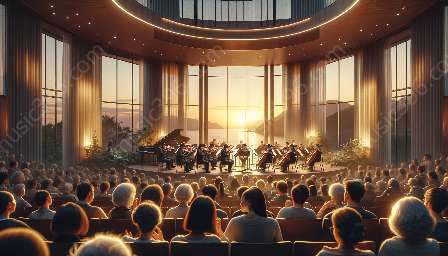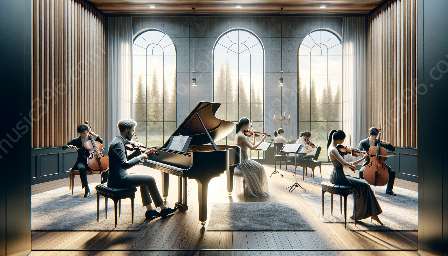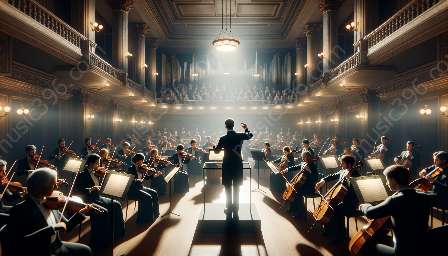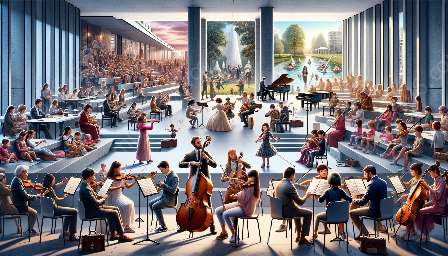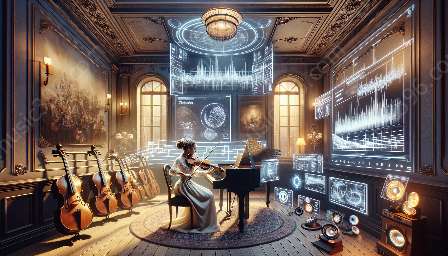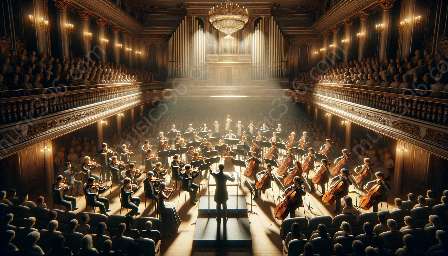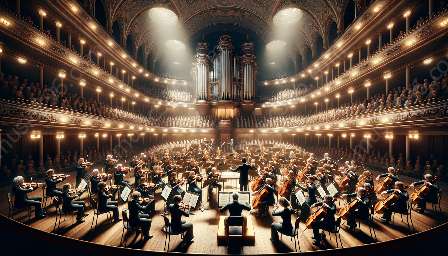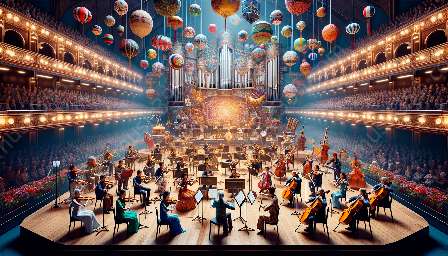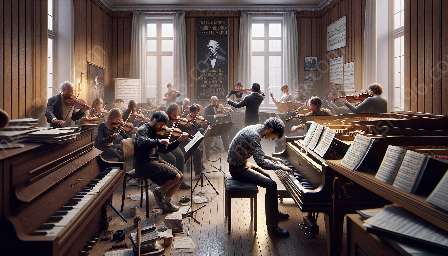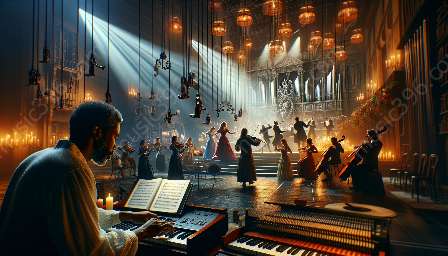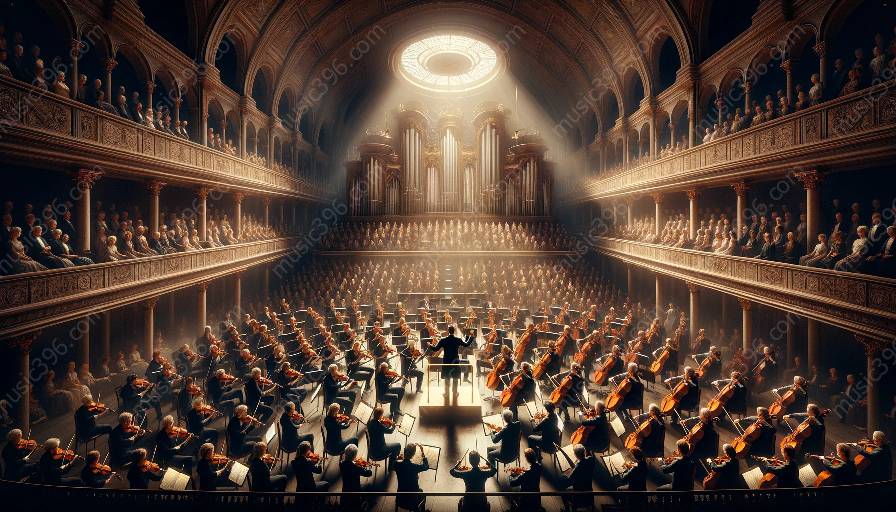Classical symphonies and concertos are revered for their complexity and emotional depth, but they come with unique challenges for performers. In this exploration, we delve into these challenges and the rich world of classical music.
The Intense Technical and Musical Demands
Classical symphonies and concertos place immense demands on performers, both technically and musically. The intricate passages and virtuosic solos require exceptional skill and proficiency on the part of musicians. The complex harmonies, shifting time signatures, and dynamic contrasts demand an exceptional level of musicianship and coordination.
Interpreting the Composers' Intentions
One of the primary challenges in performing classical symphonies and concertos lies in interpreting the composers' intentions. Unlike modern music, classical compositions often leave room for interpretation, requiring performers to delve into historical context, music theory, and the composer's biography to understand the nuances of the piece.
Embodying the Emotional Depth
Classical symphonies and concertos are known for their emotional depth and profound expression. Performers face the challenge of delving into the emotional core of the piece and effectively conveying its essence to the audience. This demands a deep understanding of the music and the ability to convey complex emotions through their performance.
Navigating the Orchestral Dynamics
In symphonies and concertos, musicians must navigate the intricate dynamics of the orchestra. Collaboration and communication are key as performers work together to bring out the nuances of the music. Balancing individual expression with cohesive orchestral unity is an ongoing challenge that requires skillful navigation.
Understanding the Historical Context
Performing classical symphonies and concertos also involves understanding the historical context in which the compositions were created. This includes grasping the performance practices of the period, the evolution of orchestral instruments, and the societal influences that shaped the music, allowing performers to bring authenticity to their interpretations.
Preserving the Authenticity
Preserving the authenticity of classical symphonies and concertos while infusing them with personal interpretation is a delicate balance. Performers must honor the traditions and stylistic characteristics of the period while also bringing their own artistic voice to the performance. This challenge calls for a deep understanding of the historical performance traditions combined with individual creativity.
Overcoming Technical Limitations
Performing classical symphonies and concertos on modern instruments presents technical challenges. Musicians must adapt their playing techniques to match the stylistic requirements of the period while also harnessing the capabilities of their instruments to deliver a compelling performance.
The Transformative Power of Interpretation
Despite these challenges, interpreting and performing classical symphonies and concertos offers a transformative experience for both performers and audiences. Each performance is an opportunity to engage deeply with the music, exploring its intricacies and unraveling its complexities, creating a profound and immersive experience for all involved.






